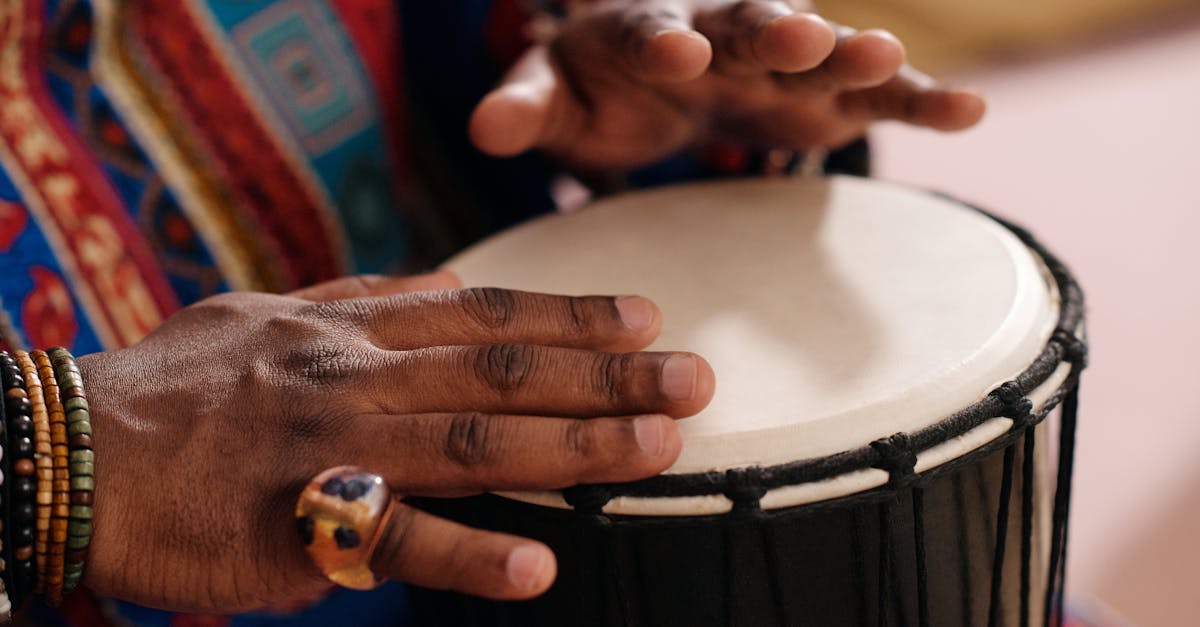Melodious Mosaic A Dance Through Global Tunes
Introduction to Global Music
Music has always been a universal language that transcends borders and brings people together. From the rhythmic beats of African drums to the melodic strains of Indian sitars, the world is a kaleidoscope of musical traditions. Diverse cultures have birthed unique sounds through an array of instruments and styles, each representing a piece of the global musical mosaic. As societies evolve, so does their music, absorbing influences from neighboring regions and beyond. This article will guide you through the vibrant and diverse world of global music, exploring its different genres, instruments, and cultural significance. Journey with us as we delve into the melodious mosaic of world tunes.
Advertisement
African Rhythms and Beats
Africa, the cradle of humanity, boasts a rich tapestry of musical traditions rooted in rhythm and percussion. The region is home to a variety of unique instruments, such as the djembe, kora, and mbira, each contributing its voice to the continental symphony. African music is characterized by its syncopated rhythms, polyrhythms, and call-and-response techniques, which have significantly shaped other world music genres, including jazz and blues. Traditional songs often tell stories of history, community, and nature. The global influence of African music is undeniable, weaving its complex patterns into the broader musical landscape and inspiring artists worldwide.
Advertisement
Asia's Diverse Soundscape
Asia, the largest and most populous continent, presents a diverse musical panorama. With centuries-old traditions, countries like India, China, and Japan have cultivated distinct sounds and instruments. The sitar and tabla are central to Indian classical music, while the guzheng, erhu, and pipa define traditional Chinese soundscapes. Japanese music ranges from soothing biwa and koto melodies to the dramatic beats of taiko drums. Asian music often emphasizes meditative and spiritual themes, aligning with cultural philosophies like Buddhism and Taoism. These sounds have spread beyond Asia, influencing genres such as New Age and contemporary fusion music.
Advertisement
European Classical Traditions
Europe has long been the birthplace of classical music, with composers like Bach, Beethoven, and Mozart leaving indelible marks on the world. European music is characterized by its structured compositions, orchestration, and harmonies. The continent is also known for its folk traditions, such as the lively flamenco of Spain and the haunting bagpipes of Scotland. Each region contributes its unique elements to the European sound, reflecting local history and legends. European music has been foundational in shaping western musical theory, making it an integral part of the global music scene today.
Advertisement
Latin America's Rhythmic Richness
Latin America, with its vibrant cultures and histories, is synonymous with spirited rhythms and colorful melodies. This region is the birthplace of globally renowned dance styles like salsa, samba, tango, and reggaeton. Instruments such as the guitar, maracas, and congas are mainstays of Latin music, setting energetic tones for celebrations and gatherings. Deeply embedded in societal life, Latin music often reflects themes of love, patriotism, and social change. Its lively beats have resonated worldwide, captivating audiences and inspiring musicians across genres.
Advertisement
North America's Global Fusion
North America is a melting pot of musical influences, shaped by the diverse peoples that call it home. From the jazz and blues inspired by African American history to the rock and country that echo folk tales, North American music is continuously evolving. The continent's indigenous music remains an essential cultural legacy, with traditional chants, drums, and flutes capturing the spirit of native peoples. Importantly, North American cities like New York and Los Angeles have become epicenters for musical experimentation, fostering genres like hip-hop, pop, and electronic dance music that dominate airwaves worldwide.
Advertisement
Oceania's Indigenous Echoes
Oceania presents a unique soundscape with rich traditions originating from the indigenous peoples of Australia, New Zealand, and the islands of the South Pacific. The didgeridoo of the Aboriginal Australians produces distinctive drone sounds, while the Maori of New Zealand create passionate haka performances. In the Pacific Islands, instruments like the ukulele and hand drums accompany traditional dance and song, often tied to ancestral stories and rites of passage. These musical traditions are deeply rooted in community gatherings and spiritual ceremonies, illustrating music's integral role in preserving cultural heritage.
Advertisement
Middle Eastern Melodies
The Middle East offers a deeply evocative musical tradition, characterized by its use of intricate modes and tonal systems. The oud, qanun, and darbuka are staple instruments, creating sounds distinctive to this region. Middle Eastern music frequently explores themes of love and longing, woven into poetic lyrical expressions. Its ornate melodies and complex rhythms have permeated global music, seen in fusion genres such as world music and electronic. These sounds readily convey emotional depth, capturing the hearts of listeners far beyond the region's borders.
Advertisement
Electronic and Fusion Innovations
The evolution of global music is marked by the advent of electronic and fusion genres, blending traditional sounds with modern digital innovation. Artists worldwide have collaborated, merging indigenous instruments and sounds with electronic beats to create exciting new expressions. This experimentation has birthed genres like Afrobeat, Bhangra, and Indo-jazz, keeping global music alive and dynamic. Innovative producers and musicians continue to push boundaries, demonstrating the endless possibilities when cultures and technologies intersect. The result is a transcendent musical landscape, as diverse as it is unified.
Advertisement
Conclusion of the Melodious Journey
As we've traversed the rich and intricate world of global music, one truth becomes clear: music is a unifying force. Different cultures have created distinctive sounds, reflecting their histories, values, and emotions. However, despite these differences, music effortlessly bridges cultures, encouraging collaboration and unity. As globalization continues, the exchange of musical traditions will persist, spawning hybrid genres and encouraging cultural empathy. The world's melodious mosaic remains a testament to the beauty of diversity, reminding us of the shared human experience through the universal language of music.
Advertisement







